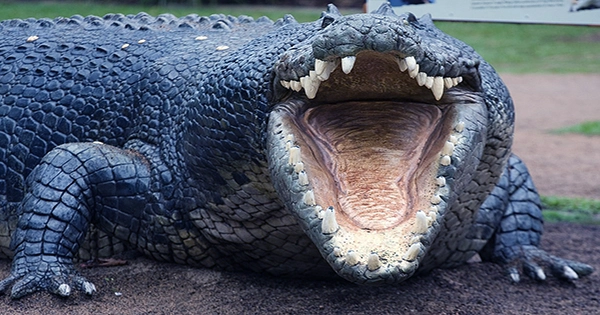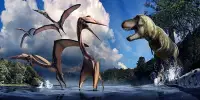Researchers were placed into the grips of one of Earth’s most effective killers to solve one question: was it a foot or a penis? The resultant coprolite specimen was thought to have been imprinted during the Eocene epoch (55.8 to 33.9 million years ago), but what was impressed onto it before it petrified remained a mystery. The Great Penis-Foot Poop Mystery is chronicled in a paper published in Palaeoworld, a fitting journal title for what turned out to be a rollercoaster of a scientific endeavor centered on a rare, fossilized poop specimen discovered among 100 coprolites from the Na Duong coal mine in Lang Son province, Vietnam.
Dr. Paul Rummy, research co-author, told IFLScience, “First and foremost, we made sure it was a coprolite rather than just a piece of rock.” “It was simple for us to tell… [But] since we’re writing a scientific report, we have to justify it to the readers in some way.” ‘Oh, that’s not a standard rock, that’s petrified poo,’ says the narrator. The solidified poop’s calcium and phosphorus composition proved it was the fossilized droppings of a carnivore, and its form backed up the assumption that it came from a crocodile. Add in the fact that these creatures’ stomach acids are powerful enough to disintegrate bone (none of which was discovered in the coprolite), and you have a fairly convincing ancient croc poo.
Crocodilians spend much of their time close to the ground, therefore it was fair to assume that the print in the coprolite was formed by the same animal. “[W]e took a journey to the crocodile farm,” Rummy stated, referring to the researchers’ trip to the crocodile farm to make sure the print was correct. The crew was able to examine a crocodilian footprint in person and compare it to their specimen after getting up up and personal with a Siamese crocodile.
“We measured some of the crocodile tracks left on the ground,” Rummy stated. “We also developed molds of the manus [forefoot] and pes [hindfoot] to determine that the footprint creator on the coprolite is almost comparable to it.” The 4th and 5th fingers of the manus are known to be claw-free, hence there are no claw marks on the coprolite.” Regarding the penis theory, which was proposed to the researchers by a reviewer of their study, Rummy says it is still possible but exceedingly unlikely. If a male alligator penetrated a female when she was defecating, its penis may create parallel markings identical to those found on the coprolite.
The female’s muscular, multi-purpose cloaca, on the other hand, would have molded the excrement on its way out, making a permanent penis impression less likely. The article also questions whether the coprolite print was generated by an ancient shark bite because bites received “before defecation” (ouch) are normally smaller than those found in the Na Duong specimen. Instead, the authors argue that the coprolite sculpture was most likely constructed by the forefoot of the same crocodilian that created it, using an illustrated reconstruction.
Beyond that, it offers a rare and unique glimpse into the past, when Na Duong was likely home to an old river or Lake Environment, which they expect to learn more about in the coprolites they have yet to study. “We’re in the middle of preparing our report on the 100 plus coprolites we found in Na Duong,” Rummy said. “We are really excited to share an intriguing tale with the rest of the world.”















